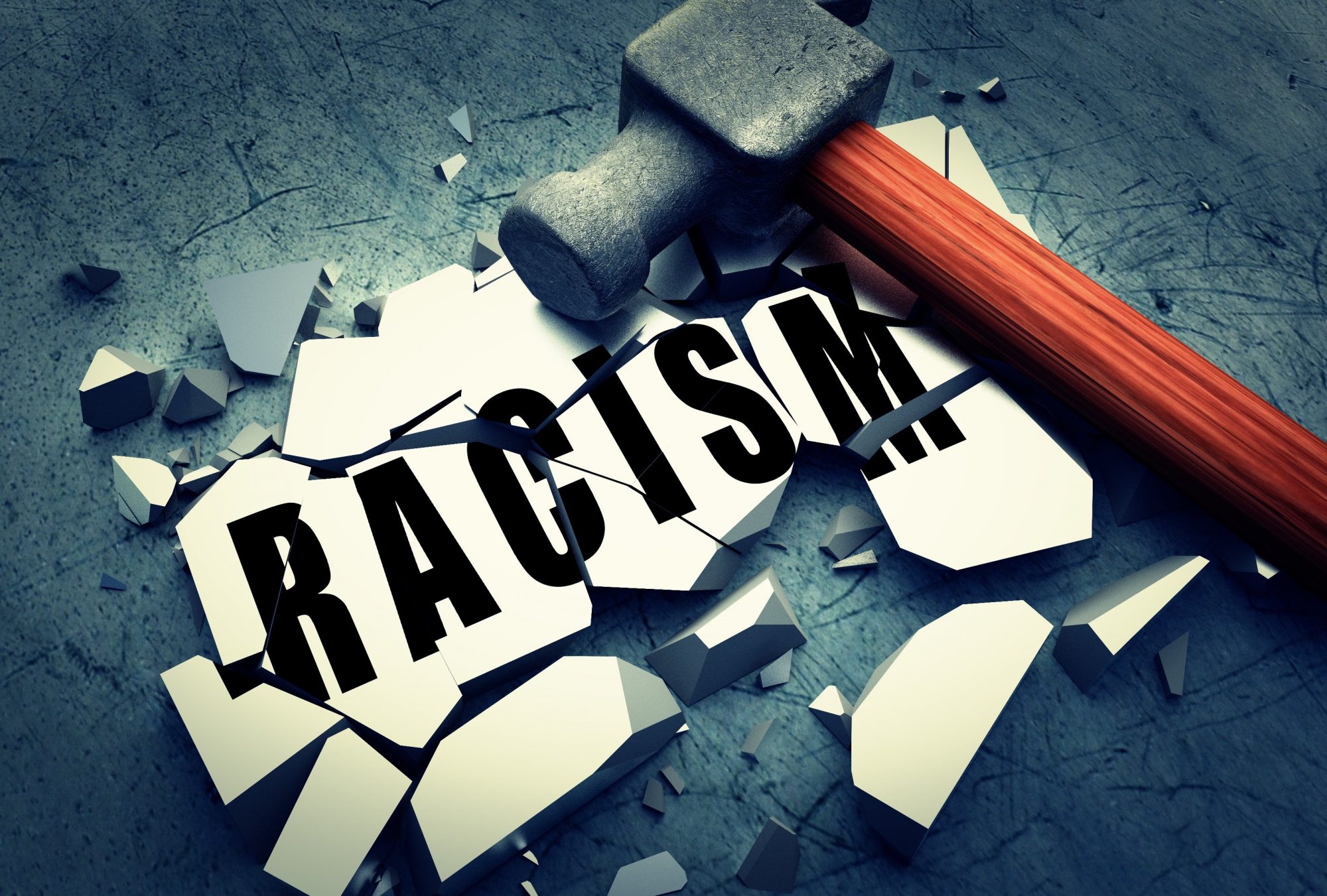When exploring the topic of racism in relation to education, I thought it would be most appropriate to evaluate racism not only in higher education, but in K-12 education as well. Although class discussion focused mainly on Pamela Zabala’s thesis and consequently on racism at Bowdoin specifically, I think greater attention needs to be devoted to racism in K-12 education in the future. As first-years, we are embroiled within the “Bowdoin Bubble”; consequently, it can be difficult to expand not only our personal focus but also our intellectual focus beyond the walls of the college. Of course, the emphasis on Zabala’s thesis in class-wide discussion allows us to think ahead about the final research paper and the “Racism at Bowdoin” project. However, rounding out our knowledge about racism in K-12 education provides valuable context for its continuation in higher education.
A topic that piqued my interest during the discussion was the idea that first-year orientation programming is not proactive. Rather, programming like “More than Meets the Eye” is a reaction (perhaps even a punishment) to the cycle of campus-wide bias incidents that occur every three-and-a-half years. By drawing a veil over the specific events that led to the adoption of diversity programming, Bowdoin thus perpetuates the bias incident cycle. I agree with the notion that Bowdoin adopted this programming specifically to benefit white students with minimal exposure to diversity. The programming thus fails to create a welcoming community for students of color. In fact, some of my peers outside of class expressed that the “More than Meets the Eye: Part Two” programming felt tokenistic and aimed towards enlightening white students. Overall, we talked about what “meaningful structural change” looks like when creating a more inclusive culture on campus and brought up the idea of discussions facilitated by proctors and RAs in lieu of orientation programming. I’m a little hesitant about this proposition; I fear that it may not be effective and will feel more forced than organic.
Recently, our seminar has been discussing economic opportunity and racism. Analyzing housing segregation in relation to racism in education adds greater dimension and layering to the systemic barriers people of color face when attempting to access equitable education; it would have been nice to highlight this interplay. In my Education class, we discussed in greater depth the effects of redlining and housing segregation on fostering inequitable educational environments for students of color. I wish we could have expanded more on the relationship between segregation and school funding, as property taxes play a significant role in the funding and, thus, the quality of public schools.
Throughout the thesis, Zabala highlights the complicity of athletic teams in creating a hostile environment for students of color—whether considering the minstrel shows put on in the early 20th century by the baseball and track team, or more recent social events like Cracksgiving, the Tequila party, and the Gangster party that took place only a few years ago. Moving forward, I’m curious to explore the role athletics and parties, as well as other entities, play in perpetuating Bowdoin’s status as a “white space” for the final project.
